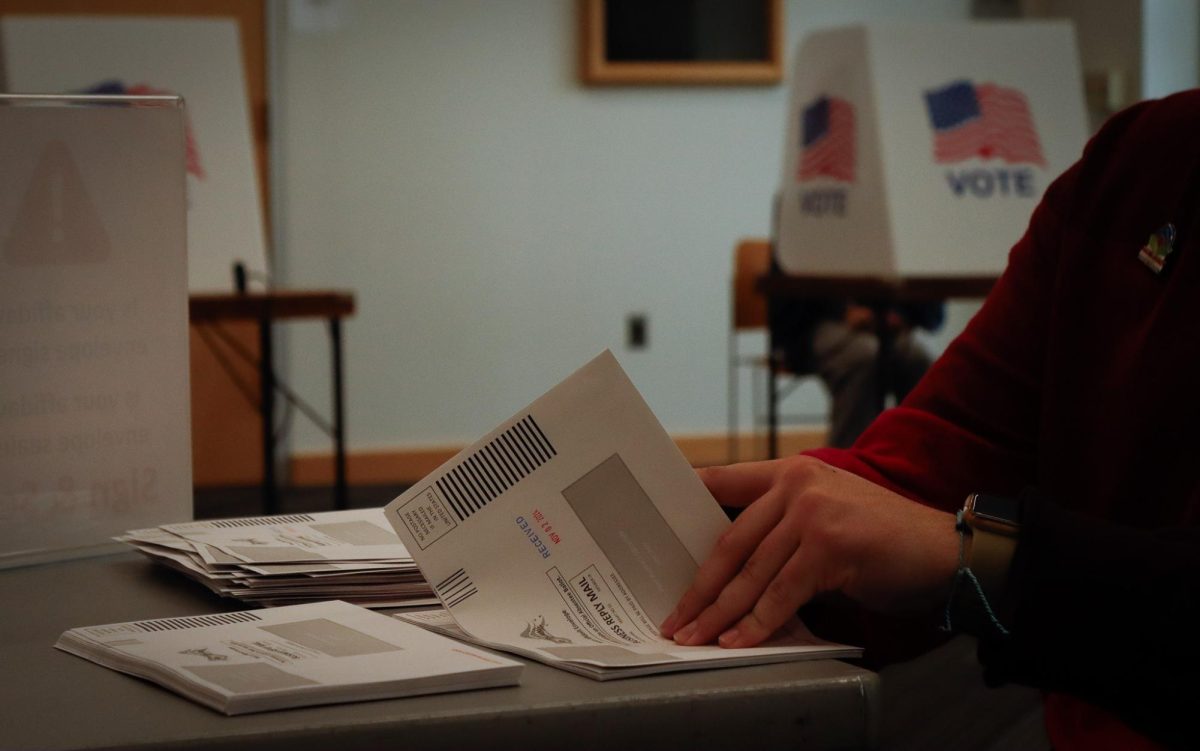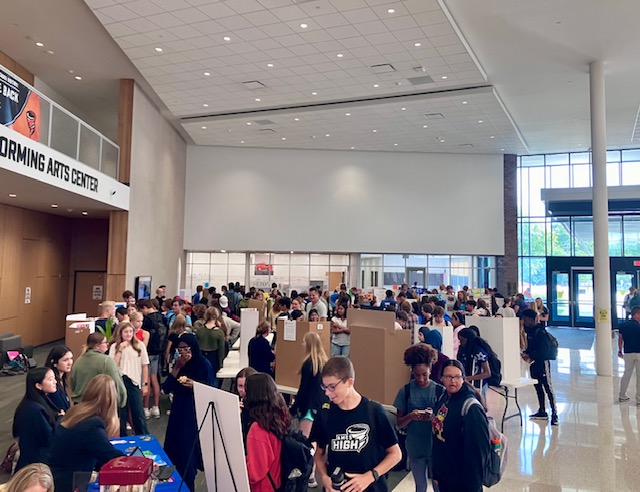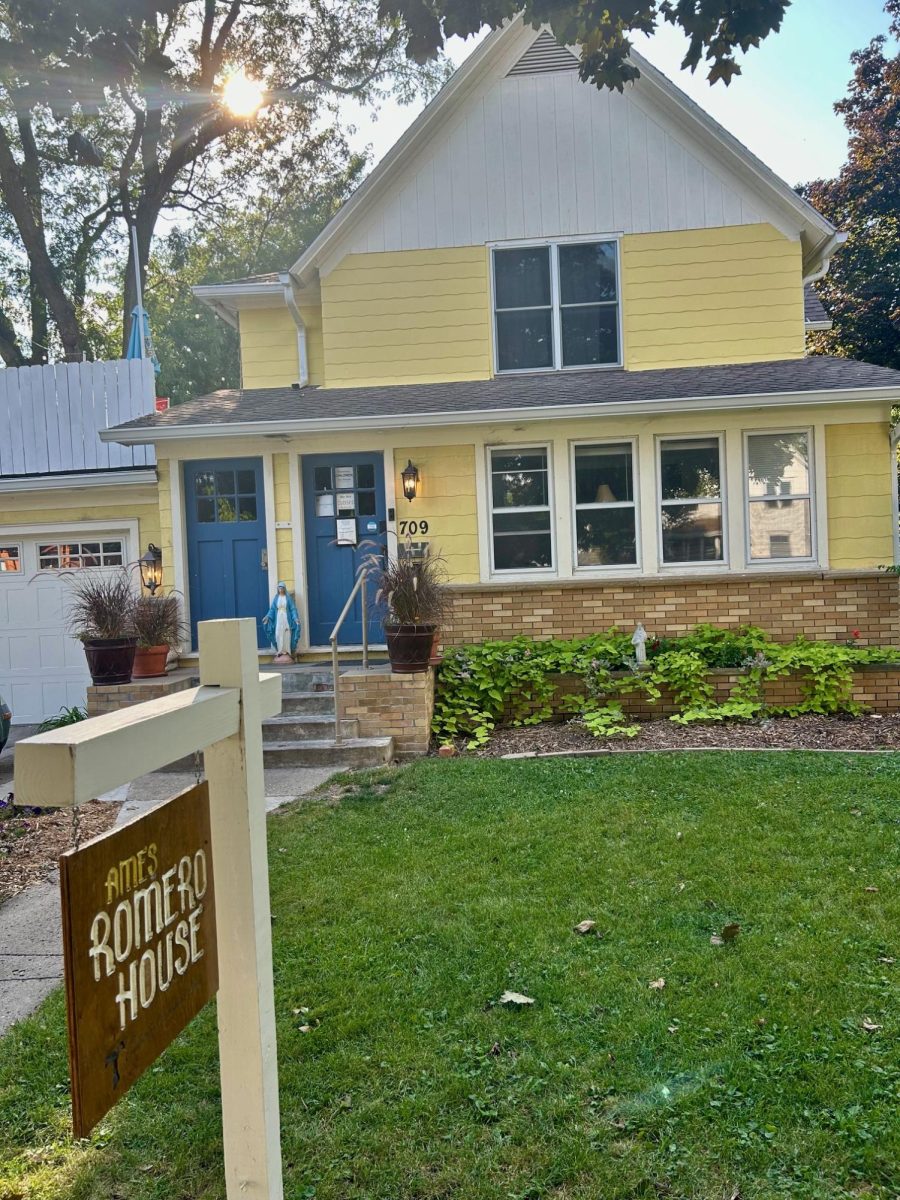Small Town Homelessness – An Invisible Struggle
This article was originally written in August of 2022.
Sandwiched between Panera Bread and Hy-Vee at 225 South Kellogg Avenue in Ames, Iowa, The Bridge Home (TBH) is as invisible as its clients.
Comprised of two single family homes, the shelter is much smaller than you would expect for the only emergency housing program for a city of 66,000 and its surrounding areas.
On a Thursday afternoon at 3:45, the main shelter – a large and tan two-story home, bustles with activity. Outside a group smokes in lawn chairs near the curb, and children play quietly on a small playset to the back of the house. Inside, lunch and dinner lines tables pushed up against the wall of a living room turned community center. Through a narrow doorway to the back is office space, and upstairs single men are housed in separate rooms.
By far the biggest challenge faced by The Bridge Home has been a lack of space, and resources. First, the pandemic stretched the already insufficient funds available to the shelter.
“We had people in hotels for about a year and a half. And so we would have monthly hotel bills that were, you know, $25 to $30,000 just for one county, and it was extremely stressful,” explains Jodi Stumbo, executive director and CEO of The Bridge Home.
Then, as the eviction moratorium came to an end, the aftermath of the pandemic would push more people than ever before to seek shelter. In as little as the first six months of the program’s past fiscal year, The Bridge Home would see the housing need nearly double.
At the moment Stumbo explains that regardless of their budget, turning away potential clients will always be difficult, but unavoidable.
“This last [fiscal] year that we just ended our budget was 1.8 million,” she said. “We served more than 3700 individuals, and we had to turn away…almost 900. This year’s budget is $2.1 million and we will still be turning people away.”
Although The Bridge Home gains some significant grants and support from organizations throughout Iowa, it relies primarily on private donations from community members. Despite the pandemic’s brutal consequences for the organization, it would bring desperately needed attention to a crisis widely disregarded by small towns who have spent decades emphasizing their thriving communities.
Stumbo explains that in the areas The Bridge Home serves, homelessness is more likely to go unnoticed because the majority of the community is not, “looking in the right places”.
“Our people are families in vans, behind Target. They’re in tents. Way back in our timber and our parks. They’re not drunk men sitting on these corners…When you go to a county, like Greene County…people that are experiencing homelessness, they’re probably out in the country somewhere in a house with no electricity or running water. See them?,” she says.
Although Stumbo says the state does a good job of supporting The Bridge Home, awareness among local public officials is on par with that of the community.
“I’ll never forget I went to Marshalltown…and I was asking them for funding…and the Head of that region goes; We have a homeless problem?,” Stumbo laughs while recounting the story. “I don’t know if they don’t want to see the real problem…we really have a hard time getting them to understand what’s really happening in our community.”
To complicate matters further, The Bridge Home allows residents to remain at the shelter for 30 days or longer depending on their situation. For public officials, unable to understand that the homeless crisis is no longer transient, Stumbo says this has been a “tough pill to swallow”.
“They said well, who’s going to be staying there for 30 days? You should come in for a week and you get through stuff and move on. And I said, what are they going to move on to? These are people who live and work here.”
In February, ASSET (Ames Analysis of Social Service Evaluation Team) would recommend that $245,000 of Ames’ $280 million spending budget go to The Bridge Home. They would receive it as part of funding for this fiscal year.
“We will run out of that money by December,” says Stumbo.
Despite a massive lack of sufficient funding and staff, Stumbo maintains the importance of “meeting clients where they are”. The program does not require clients to be sober and is both low-barrier and “housing first”.
“…housing first means that we believe people need a house and a roof over their heads first, before they can address any of the obstacles they’re facing,” she says.
Yet, regardless of how efficient their housing program is, Stumbo explains that the bottom line is poverty – not homelessness.
“Homelessness is not the problem. Homelessness is the symptom of the problem,” she says. “We need 20,000 affordable housing units within the next 15 years…Affordable housing, livable wages – those are issues that need to be fixed. And then we’re going to see our families and our community members really be able to live.”
Your donation will support the student journalists of Ames High School, and Iowa needs student journalists. Your contribution will allow us to cover our annual website hosting costs.





















